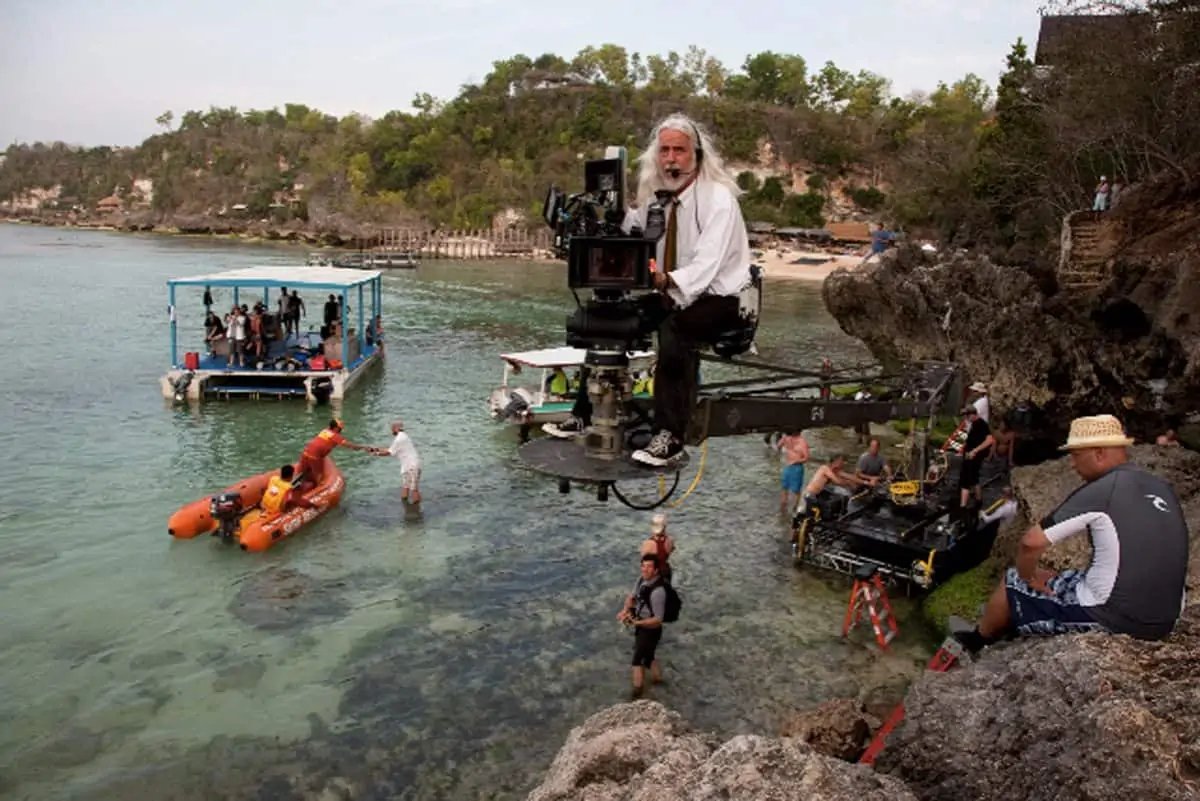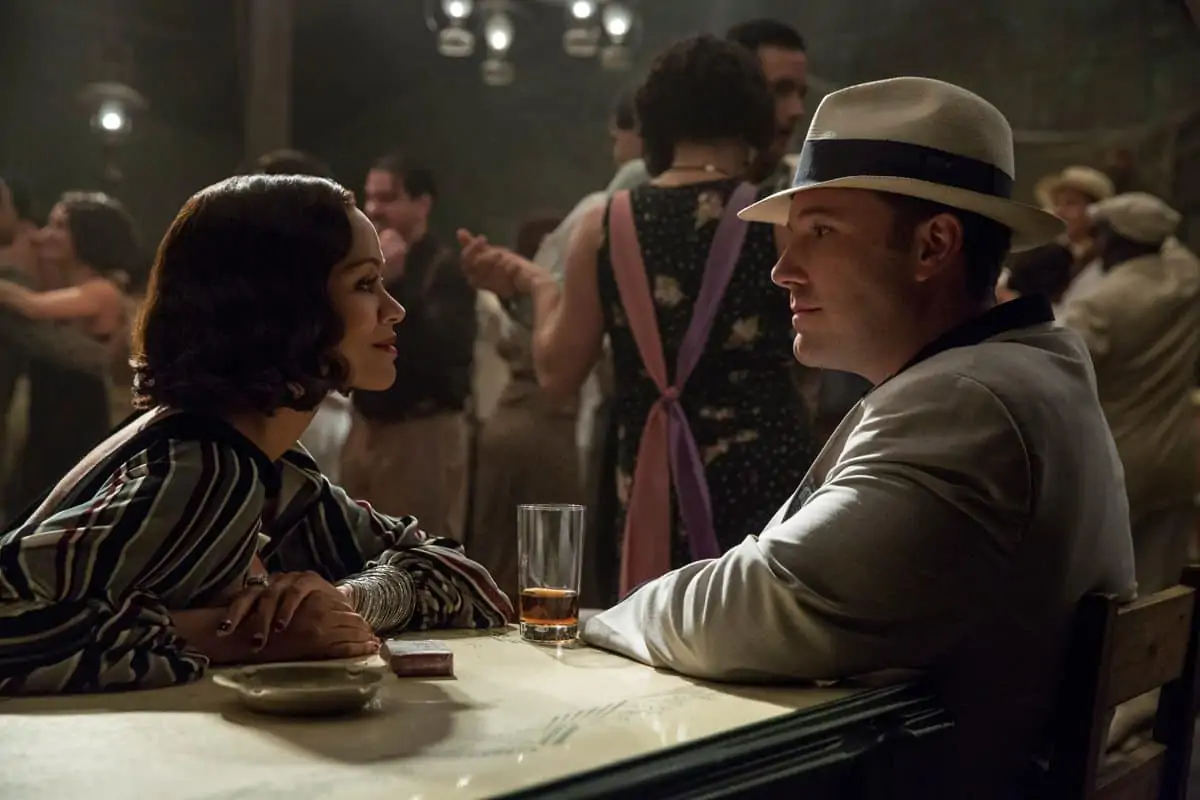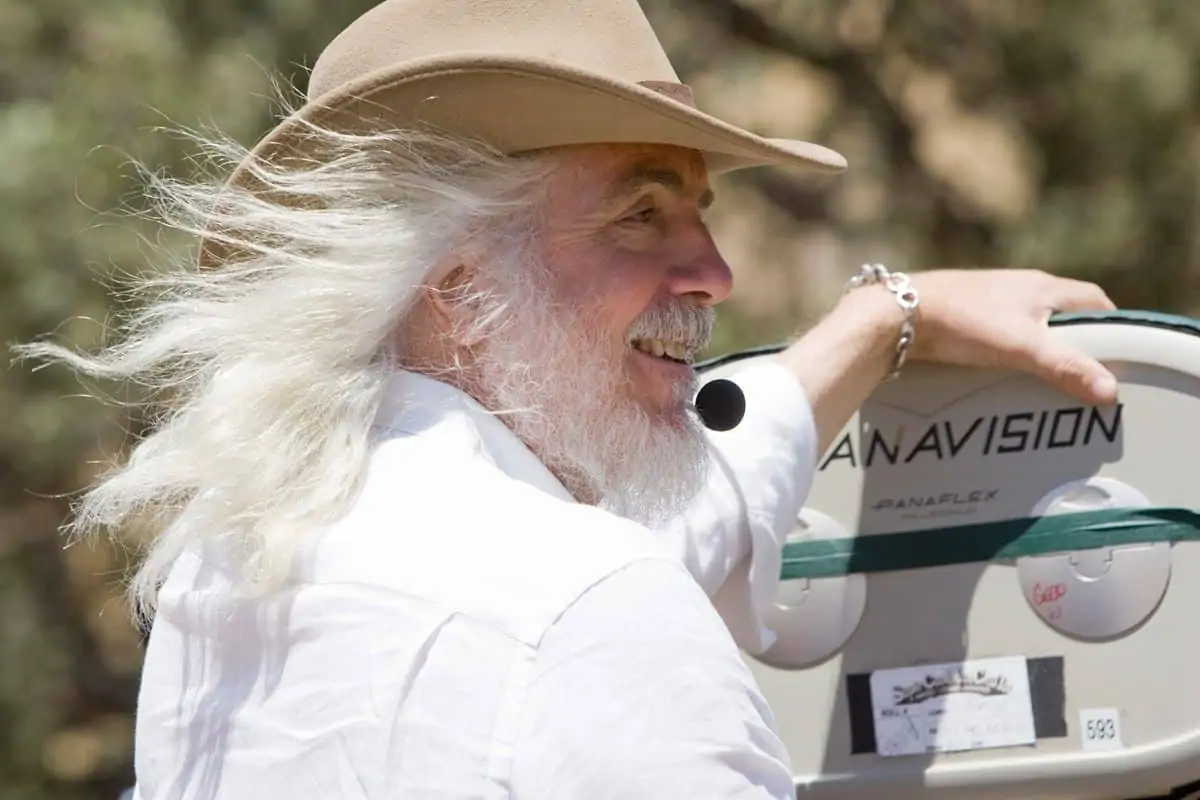Secrets Unlocked
Bob Richardson ASC / Hugo Cabret
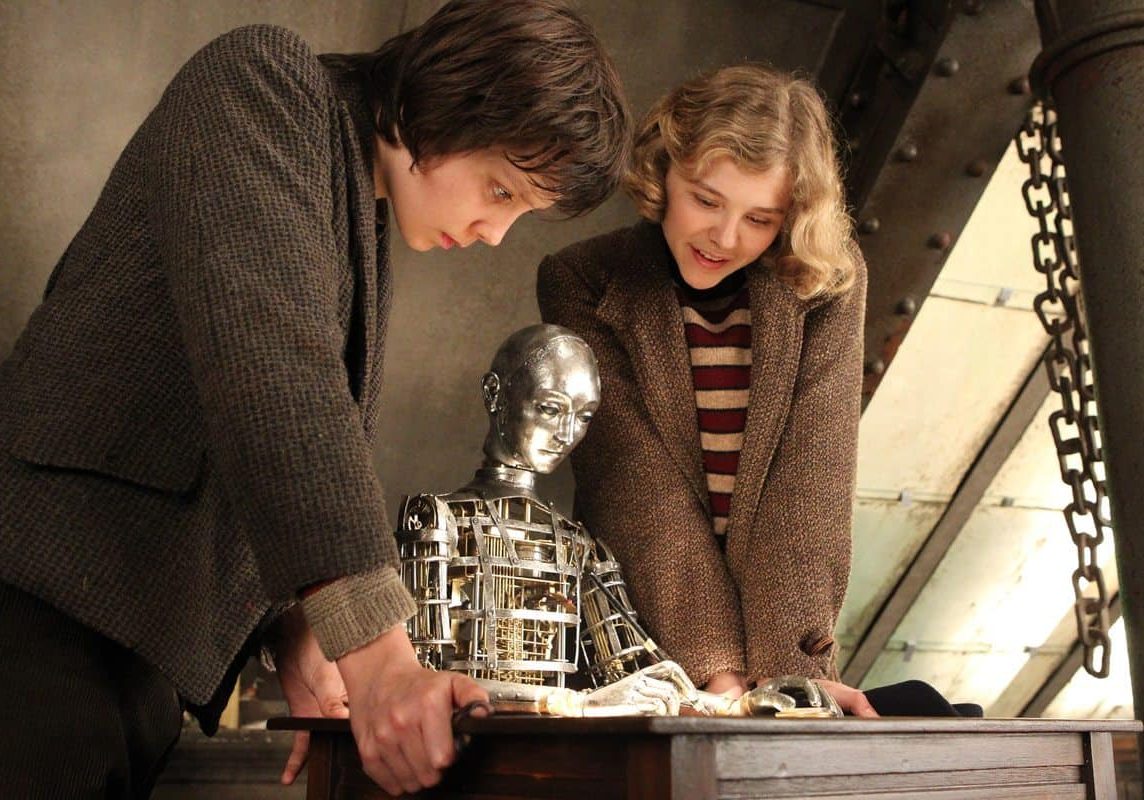
Secrets Unlocked
Bob Richardson ASC / Hugo Cabret
BY: Bob Fisher
Robert Richardson ASC and his 3D journey into the 1930s on Hugo with Martin Scorsese. Hugo is the cinematic adaption of a 526-page book authored by Brian Selznick. “The Invention of Hugo Cabret” recounts the story of a 12-year old orphan named Hugo Cabret, who lives in an underground Paris train station after his father dies during the early 1930s. The new film is the sixth collaboration for Bob Richardson ASC and legendary director Martin Scorsese, writes Bob Fisher.
Richardson is blazing a diverse career path. After earning a graduate degree at the American Film Institute (AFI), he began his career shooting documentaries. Crossfire, a documentary he shot for Channel 4 about the civil war in El Salvador caught Oliver Stone’s eye. They collaborated on Salvador and Platoon in 1985.
Richardson earned Oscar and BAFTA nominations for Platoon in 1986. He subsequently won Oscars for JFK and The Aviator, and other nominations for Born On The Fourth of July, Snow Falling On Cedars and Inglorious Basterds.
Hugo is his 34th longform narrative film credit. Richardson’s previous co-ventures with Scorsese are the documentaries Shine A Light and George Harrison: Living In the Material World, and the narrative films Bringing Out The Dead, Shutter Island and The Aviator. Hugo was produced by GK Films for distribution by Entertainment Film Distributors in England and Paramount Pictures in the United States.
Asa Butterfield portrays Hugo. Familiar faces in the ensemble cast include Johnny Depp, Jude Law, Sacha Baron Cohen and Ben Kingsley.
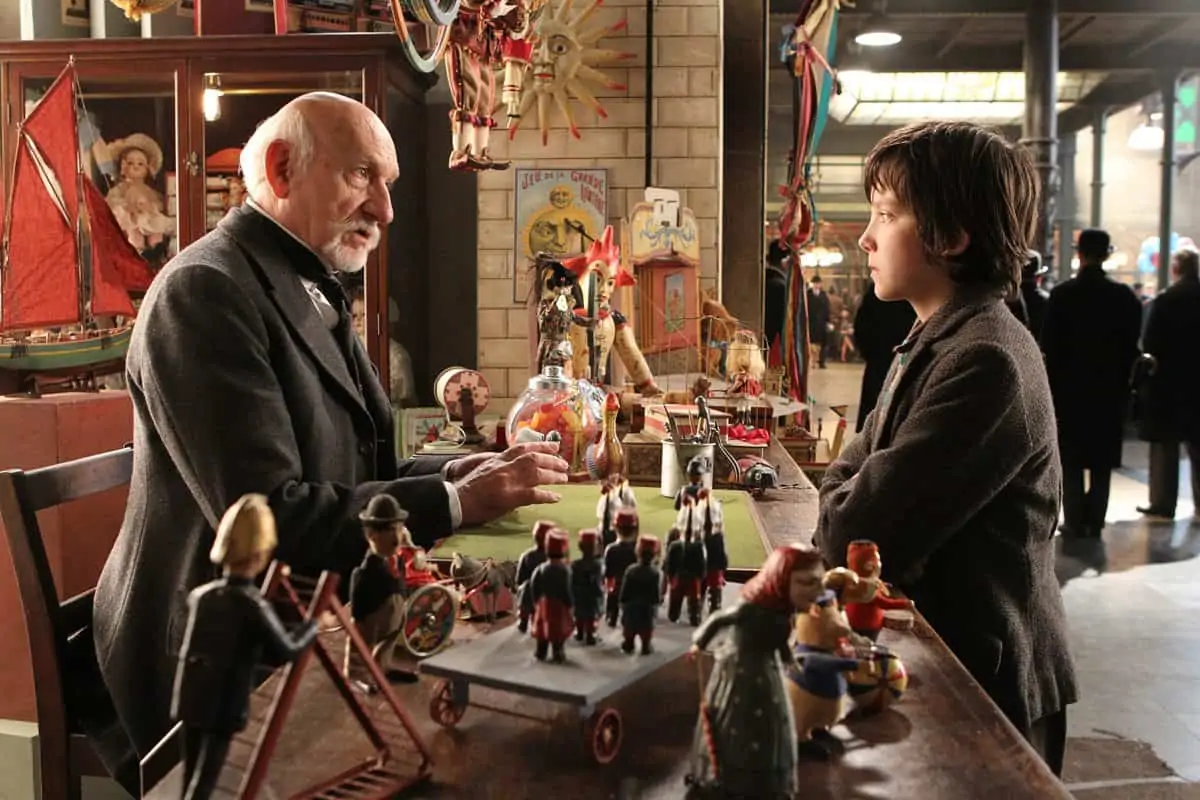
Q: What motivated the decision to produce Hugo in 3D format?
RR: Hugo is based on an exceptional book composed predominantly of beautiful graphic illustrations. There is a narrative movement within the book where words step seamlessly into illustrations and the illustrations continue the narrative. I believe Marty’s decision to produce Hugo in 3D was based upon his desire to provide the most proficient and inspirational translation of the source material for the audience.
Q: Did you do any research prior to production about 3D aesthetics and production techniques? If so, what did you learn that proved to be useful?
RR: I did a fair amount of reading, including technical papers and interviews published since Avatar. We also discussed and viewed numerous 3D films from the golden period of cinema, including House Of Wax and Dial M For Murder, which was a fascinating twist from the 2D version.
Q: What were the early discussions about establishing a period look?
RR: Foremost in defining the period were the sets, costumes, hair and make-up. Sandy Powell (costume designer), along with Dante Ferretti (production designer), did astoundingly original work. In respect to colours and look, it was Marty’s idea to use Autochrome for inspiration. It was an early form of colour photography where the plates or negatives were coated with starch dyes. The Lumière brothers patented the process in 1903. It is not possible to recreate that look in digital format in the strictest sense, but we were inspired by viewing Autochrome plates in various museums as well as what has been reproduced in books. The pictures in books are an approximation, and of great value, but the actual plates are superior. There were 3D Autochromes, or what at that time were called Stereoscopic. We didn’t try to replicate the Autochrome look. We used it as a basis for creating a look for Hugo
Q: What were your early discussions with Scorsese about 3D?
RR: It was a vast learning curve for everyone. Marty planned shots that took advantage of the unique characteristics 3D provides.
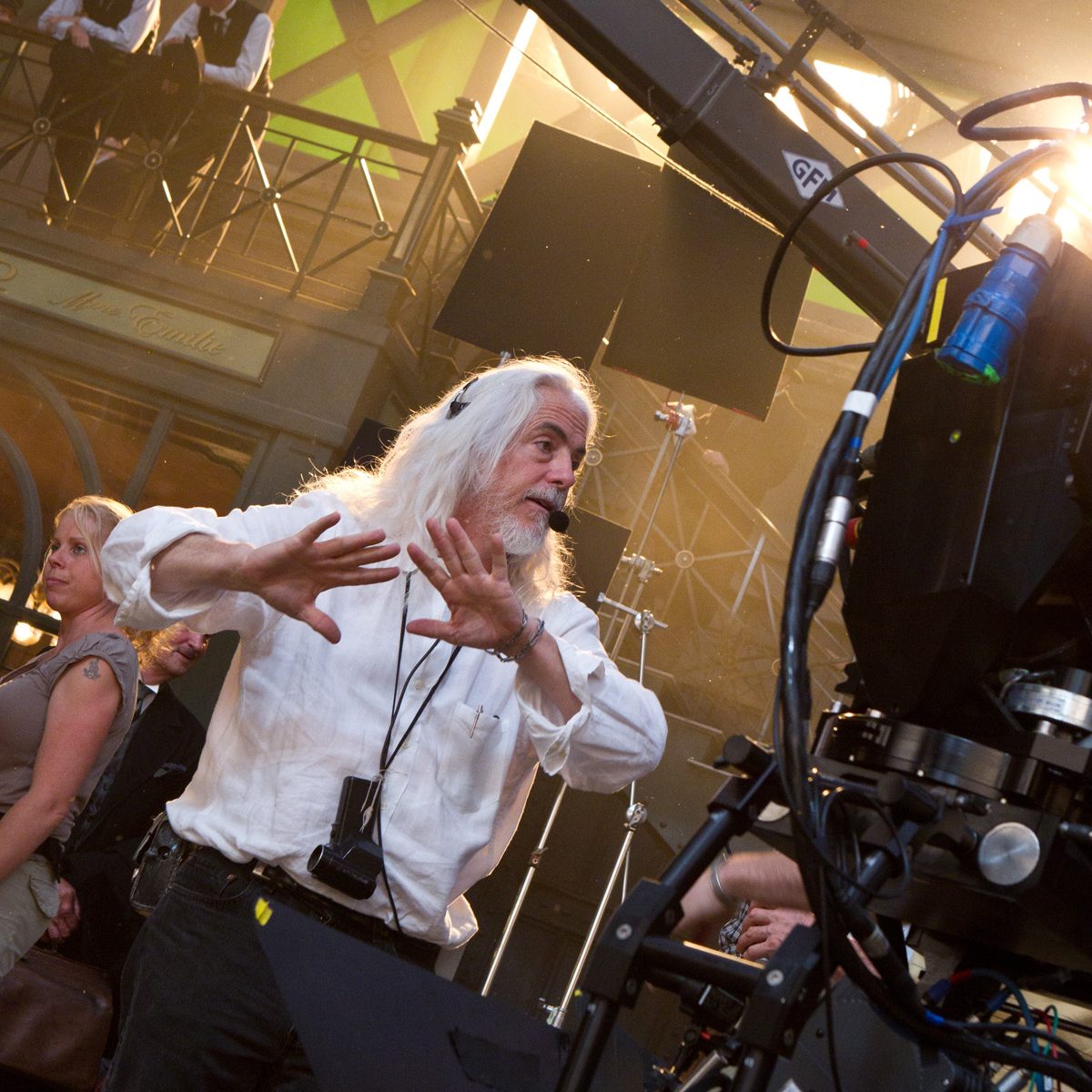
"We shot scenes in La Sorbonne and at another theatre, and at the Bibliothèque Nationale de France library in Paris. The light at the library was particularly dramatic on the day we were there."
- Bob Richardson ASC
Q: Was it a given that you would produce the movie in digital format, or was there a discussion? If so, what were factors that led to the decision?
RR: It was a given that we were to produce the film in digital format. There was very little discussion about that. The question that we discussed was whether to shoot in 2D and convert to 3D after the film is edited, or the alternative, on-set capture in 3D. We chose on-set capture in 3D. The principal reason for that decision was that the results were immediately visible to all through 3D monitors. That enabled Marty to decide whether to alter shots to make better use of 3D, including subtracting or enhancing the physical space and acting. 3D certainly influences perceptions of performances, but Marty would be the one to discuss that. I am also curious about what he and Thelma (Schoonmaker) have to say about editing in 3-D.
Q: What was your basic camera gear?
RR: ARRI Alexa cameras and Cooke lenses were provided by Arri Media.
Q: How did you assemble the camera crew?
RR: I brought Ian Kincaid (gaffer), Chris Centrella (key grip), Gregor Tavenner (first assistant) and Larry McConkey (Steadicam operator) from the U.S. Outside of that core, the vast majority of the crew were new to me and from the UK. Each department head made their own choices about who to hire. They included (gaffer) Lee Walter and his brother (rigging gaffer) Gavin Walters. The crew was fantastic. I had a fabulous time shooting with all of them.
Q: How much of Hugo was shot in France and at what locations?
RR: It wasn’t more than 10 days. We shot scenes in La Sorbonne and at another theatre, and at the Bibliothèque Nationale de France library in Paris. The light at the library was particularly dramatic on the day we were there. The sizes of those locations and details would have been impossible to duplicate without great cost.
Q: What were some of the memorable locations in the UK?
RR: The only location that we had outside of stage work was at the Victoria & Albert museum in London, where we filmed for one day. It was an extremely rare opportunity. We are all deeply grateful. The rest of the time we were shooting on sets at Longcross, Shepperton and Pinewood Studios.
Q: Is lighting for 3D different, and if so how?
RR: In my limited experience on this film, I would say that lighting for 3D was different than 2D. Does it require you to light in a specific manner? No. My decisions were based upon the syntax established for Hugo and an effort to define physical space with colours, composition and depth-of-field.
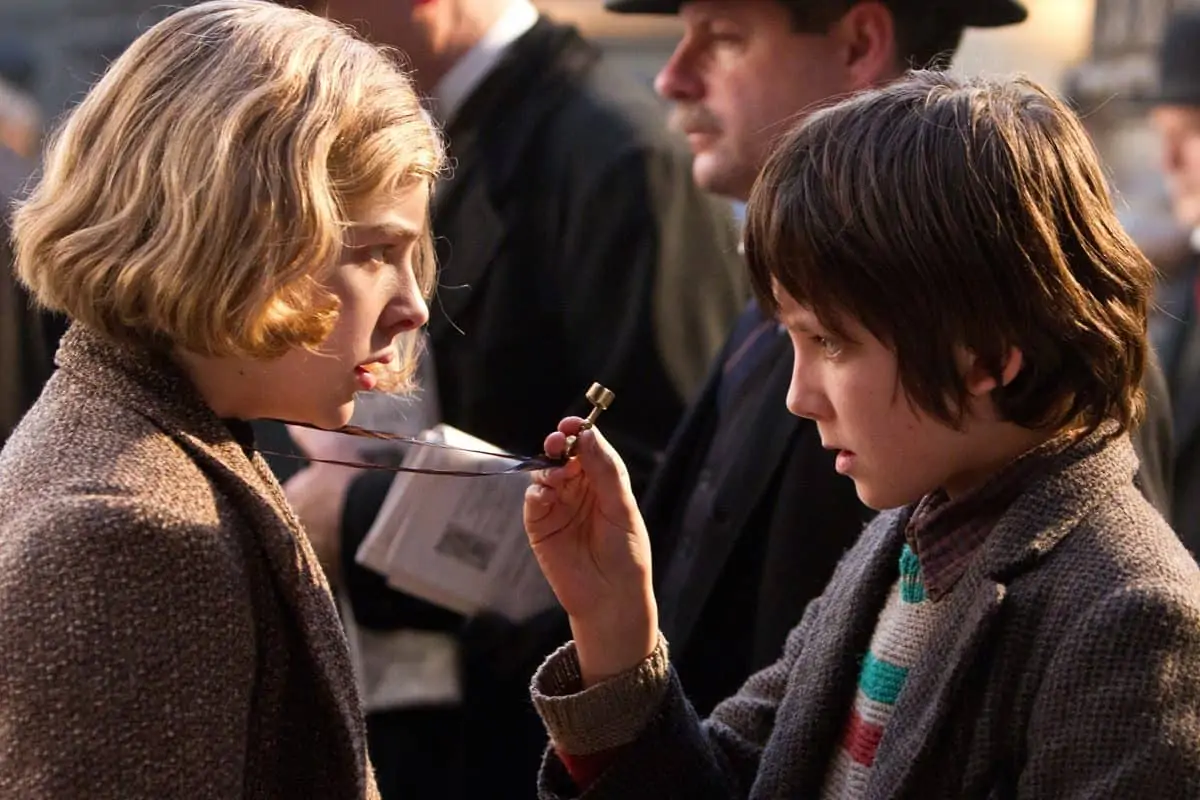
Q: What are your impressions of the Alexa camera?
RR: Both digital capture and film have their intrinsic merits. The Alexa camera is quite remarkable. I was profoundly happy with its range. There is not a question in my mind that it was the best camera for Hugo.
Q: How did Larry McConkey shoot 3D with a Steadicam?
RR: Shooting 3D with two cameras on a Steadicam was extremely challenging. Larry was able to find paths, but the weight of two cameras on a rig was more than an operator should have to endure. We need smaller cameras and rigs for 3D.
Q: Was Scorsese with you at the camera or in a video village?
RR: Marty was either beside the camera or near it in a small video tent where he and the script supervisor watched scenes on a 3D monitor. There was also a video village with two 3D monitors for make-up, hair and other people.
Q: We understand there are scenes where the boy has dreams. Do those scenes have a different look?
RR: Hugo has both dreams and memories of earlier and happier times prior to the death of his father. His memories have a distinct look that was driven by the research we did about Autochrome. The look of his dreams were inspired by another early colour process… tinting and toning. Georges Melies, who was a pioneer of substantial substance in the history of filmmaking, used hand-tinting in some films.
Q: How about dailies?
RR: Greg Fisher graded our dailies at a small media lab constructed at Shepperton Studios. It consisted of an 11-foot wide silver screen, HD projector and a storage room for memory. Vince Pace aided in the development of the dailies system.
Q: Where was the DI done?
RR: Greg Fisher timed the DI at a facility Laser Pacific provided in New York City, which was convenient for Marty.
"I believe that the future of 3D is dependent on many factors, beginning with the need to tell stronger stories."
- Bob Richardson ASC
Q: Do you have any thoughts to share about your experiences with people you collaborated with and the facilities you used in the UK?
RR: My experiences with both the crew and facilities were exceptional. The facilities are of the highest order, which is one reason why so many productions are currently shooting there. Fortunately, the history of filmmaking in the UK is rich and the experience deep. I have always been a great admirer of films made there. The British Film Institute very graciously allowed us to view numerous restorations of early films that used toning and hand tinting.
Q: Did your previous collaborations with Scorsese on documentaries as well as narrative films help on a project like this one?
RR: Our previous narrative film collaborations had a more direct impact, but both experiences helped with our communications.
Q: Is the future of filmmaking 3D or does it depend on the story?
RR: I believe that the future of 3D is dependent on many factors, beginning with the need to tell stronger stories. It matters little whether they are narrative films or documentaries. Werner Herzog’s Cave Of Forgotten Dreams and Wim Wenders’ Pina are clear examples of the superb use of 3D in documentaries. Most 3D feature films are conversions from 2D. A good number of those conversions are less than adequate. Secondly, these conversions aren’t shot with an eye on 3D. By that, I mean the director can’t decide what enhances a shot and what distracts from it as it is being filmed. They can make these decisions after the film has been edited, but little can be done to alter what was done at the moment when the images were captured on film or in digital memory. Eventually, 2D to 3D conversions will become easier to achieve with better results. It is imperative for filmmakers to decide for themselves the inherent attributes of 3D for each story. In my mind, 3D is another tool that, if used correctly, can add significantly to a story. But, blatant commercial hustling of 3D will not result in the best outcome.





